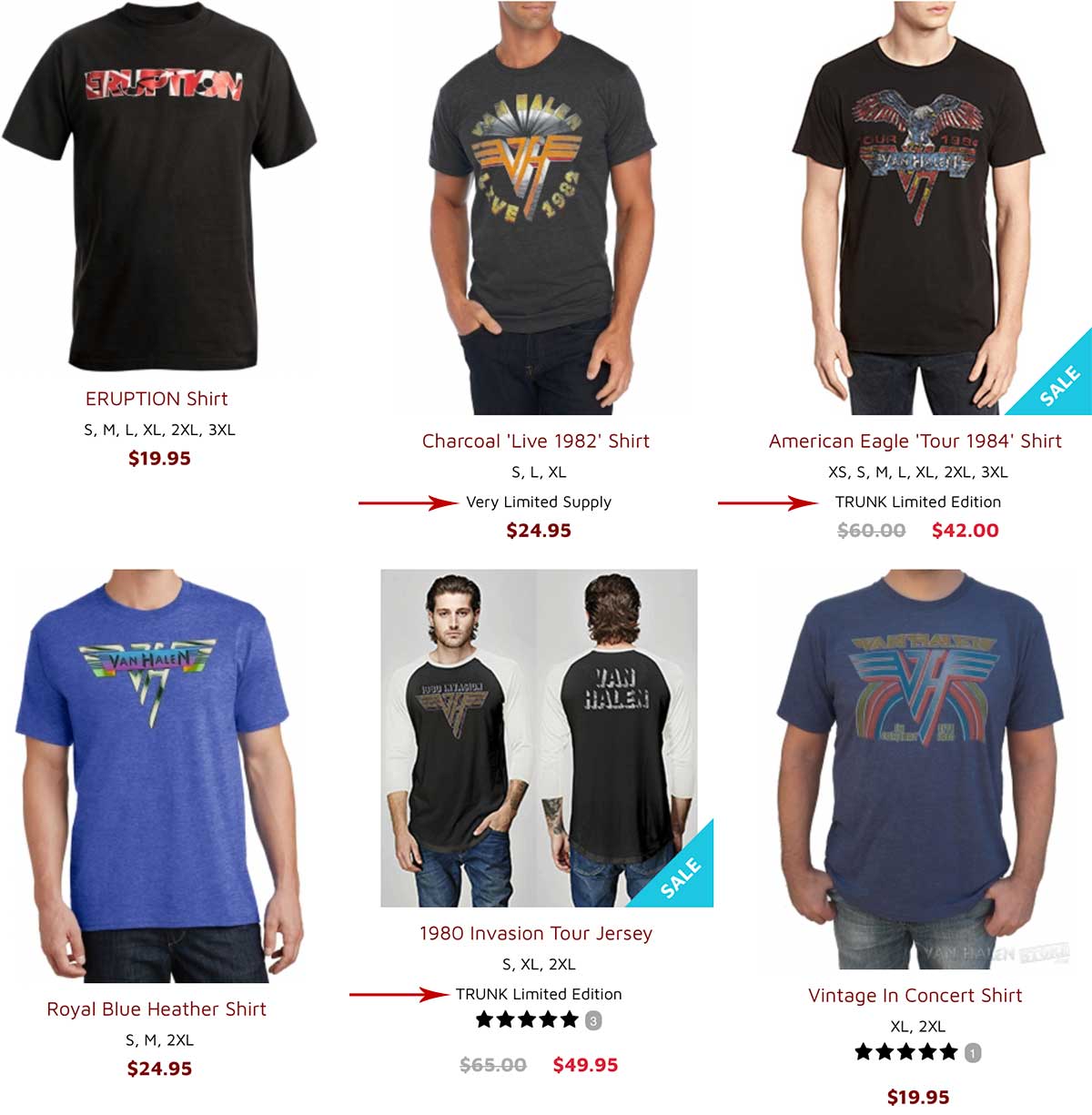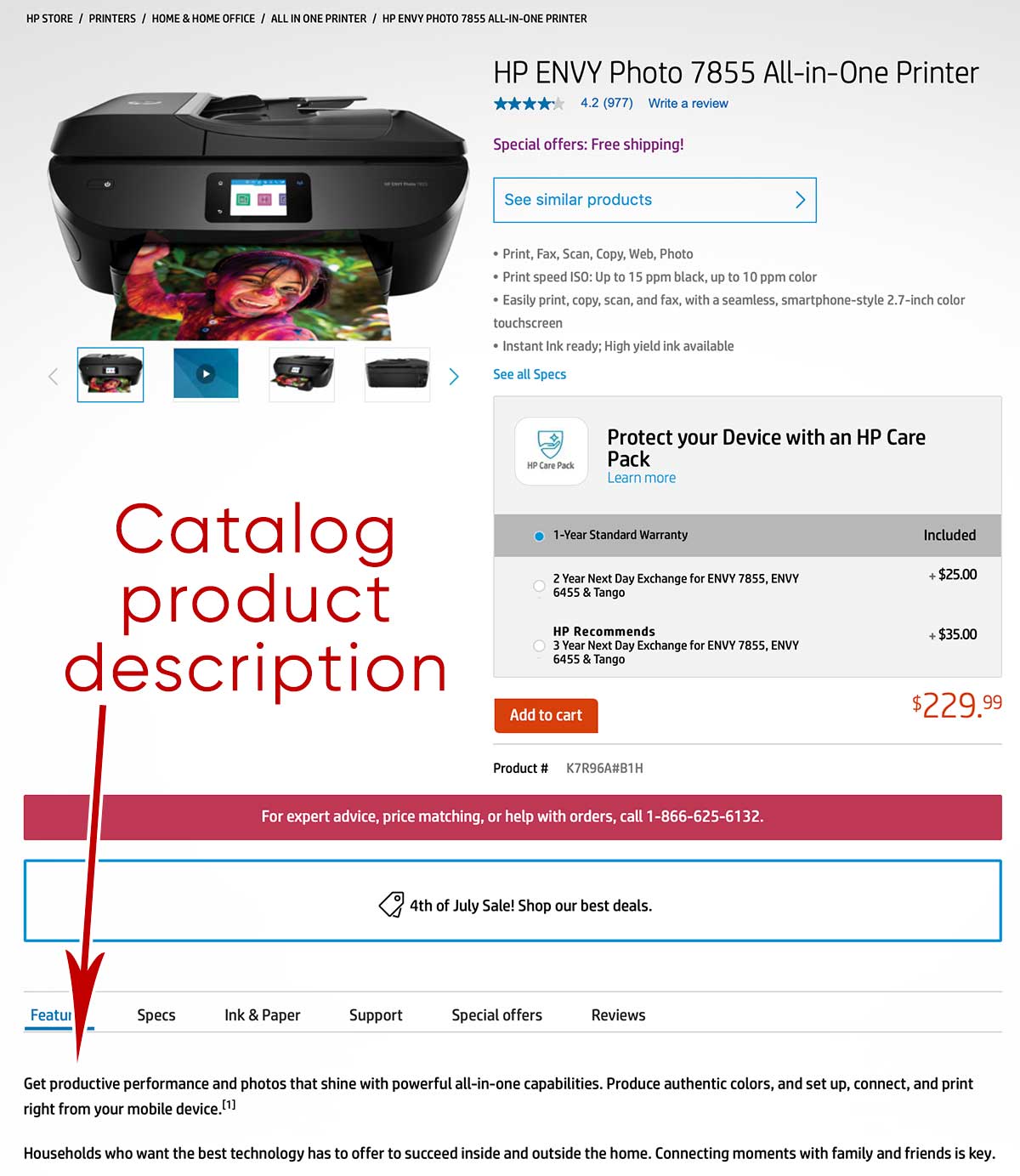Product descriptions are vital to attracting website traffic and closing sales. But the type of description to use depends on your target audience and the channel, beyond your own ecommerce site. Potential customers are everywhere.
Telling each product’s story in different forms can lead to bigger payoffs. It’s also tricky.
Generate these eight types of descriptions for your most promising products.
8 Description Types
Comprehensive catalog descriptions. The highly-detailed product page description covers what the item does and the pain point(s) it solves. Formatting content with bullet points, images, and video can tell shoppers everything they need to know.
Overviews ready to share. Shareable descriptions are brief overviews that entice readers to click a call-to-action. Format the overviews for posts on Facebook, Twitter, Pinterest, and other platforms. Consider creating separate versions for each channel. Tweets, for example, contain no more than 280 characters. And leave room for sharers to enter a few words of their own.
Shopping-feed details. Shopping feeds require specific information based on product types. Some sites want expanded descriptions, aside from the data feeds. Depending on your target market, existing content might not work.
Meta descriptions for organic search. Meta descriptions can appear beneath page titles in Google’s search results. Allow for about 160 characters apiece. Meta descriptions can influence searchers to click to your page. Contributor Jill Kocher Brown explained how meta descriptions should incorporate keywords and a meaningful call-to-action.
Quick details for category pages. Since a quick-look feature requires movement — hovering with a mouse or tapping with a finger — displaying details that shoppers use to filter search results can help close sales. From touting limited editions to trending special features, presenting key info on category pages saves shoppers time.

Quick descriptions can depict available sizes, as well as brands and unique details. Source: VanHalenStore.com.
Affiliate and referrer descriptions. Provide affiliates, bloggers, and influencers with content to copy and paste. Where they display information also matters. Social media posts need to be short with engaging details. Blog posts tell more extensive stories.
Landing page info. Products worthy of a special landing page need well-massaged, short descriptions. Coupled with compelling design and typography, these descriptions (which can make or break a sale) should drive shoppers to click a call-to-action.
Videos that show products in use. Creating videos that show products in real life can trigger purchases. Use these for landing and product pages, as well as shareable content. Hosting videos on popular platforms such as YouTube and Vimeo puts your brand in front of more eyes. And both these services allow for product linking within the video.
Don’t Truncate
Some ecommerce platforms simply truncate product descriptions for use elsewhere. What’s left is a few short lines that don’t touch on the best-selling features.
A product page at the HP Store for a printer includes this truncated product description:
Get productive performance and photos that shine with powerful all-in-one capabilities. Produce authentic colors, and set up, connect, and print right from your mobile device.
That description, to be sure, is infused with appropriate keywords. But the bullet points listed to the right of the printer photo are more helpful to the average shopper. A catalog description that highlights mobile printing, scanning, and copying would yield a better response.

Lengthy text on product pages — such as this catalog product description for an HP printer — typically doesn’t list the most compelling details first. Source: HP.
Step Up
The pandemic has boosted ecommerce. Thousands of new online stores have opened. Existing merchants need to step up a notch. Generating product descriptions based on the channel and the audience can encourage people to visit your site. It can help retain loyal customers and attract new ones.




